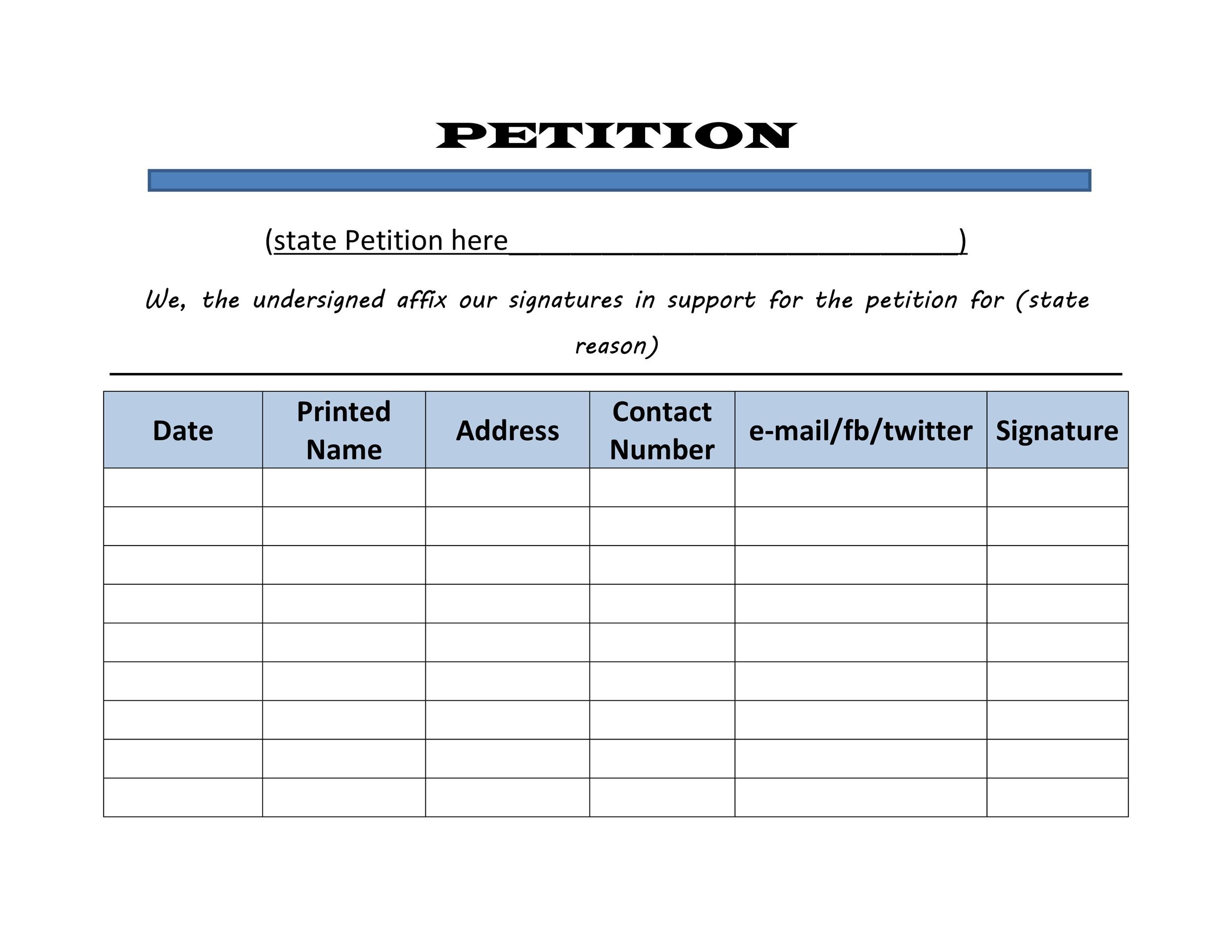
If you’re looking for some tips on how to write a petition letter for university, keep reading! First, know who the recipient is. Most petition letters are about students, and it is important to know what they need. A long petition will take the reader a lot of time to read and understand, so keep it short and sweet. Don’t offer a petition without a detailed description, either. Describe a problem, provide a solution, and offer support. Lastly, keep it interesting. Remember, the recipient will read your petition so they need to be interested in it.
Creating a petition
Before writing a petition letter for a university, you will want to know what the specifics of the institution are. You will also want to know which department you’re writing to and who’s responsible for it. Make sure you mention the name of the person you’re writing to. This information is crucial. It will give the recipient some idea of what you’re looking for. And if possible, you should include a link to your petition letter online.
After writing the petition letter, it’s important to explain the nature of the issue and why it’s important. If you’re not clear on the person responsible for the change, the petition is less effective. Make sure to identify the person who can initiate it and explain the consequences of not making the change. Be direct and courteous when writing about the problem, but avoid overly aggressive language. Ensure your letter includes some personal anecdotes to illustrate your point.
Creating a sign-up sheet
Creating a sign-up sheet for your petition letter can help you collect signatures. The Registrar’s Office has a form for academic petitions. If you want to make your own, you can follow a few tips. First, decide which petition format to use. Then, make the petition page and sign-up sheet accessible on the web. Make sure to send the link to the online petition sheet with each email.
A petition letter is a letter that is supported by many people. The more people sign up, the faster it will have an effect. You can also limit the number of people who sign the petition letter. You can write it yourself, on behalf of a group, or on behalf of the project head. If you haven’t written a petition letter before, consider creating one on your own and submitting it to the university.
Writing an effective title
The first step in writing an effective title for a petition letter for a university or college is to clearly define the circumstances justifying the request. Include specific examples of the ways in which you worked with the student to address the situation. Include anything that was missed by the student, such as their overall work ethic, attendance issues, and response to outreach and counseling. If your situation was unusual, you may need to present additional evidence that is compelling enough to justify the request.
Besides knowing what to include in your letter, be sure to consider how much time it takes to read and understand it. A lengthy text can take longer to read and understand, so if you have a short petition, it’s better to keep it short. If the petition does not have a clear and compelling explanation, it’s probably not worth offering it. Make sure to state a valid issue and provide a solution. Also, remember to be interesting.
Analysing your petition
When you are submitting your petition letter to a university, you will need to ask for support from your advisor. To get this support, you must meet with the Associate Dean of Academic Advising to discuss your rationale and share the details of your petition. It is also important to understand the requirements of the petition form. Listed below are some tips on how to analyse your petition letter for university. If you haven’t submitted your petition before, you should do so now!
The first thing to do is to understand the petition format. There are various petition formats, each requiring a specific format. Choosing the best format for your letter will depend on the reason you want to appeal. Ideally, you should use one or two bullet points for each point. The petition should be short and easy to understand, with minimal words. Make sure you write references and make a copy of your letter for other people to read.





